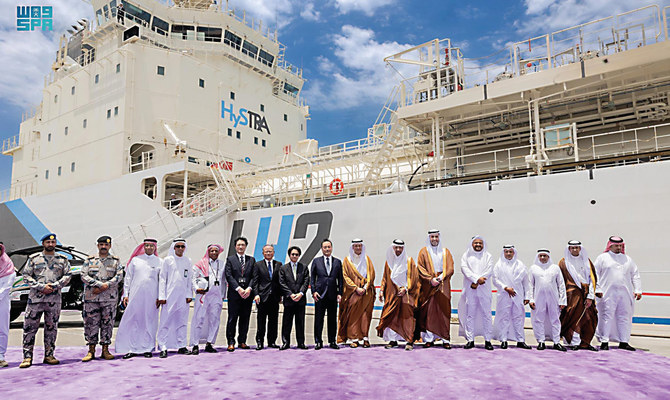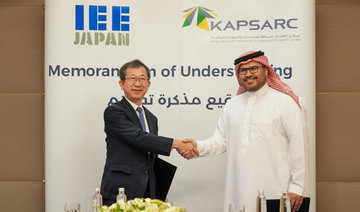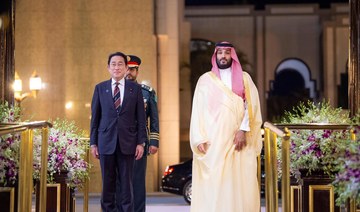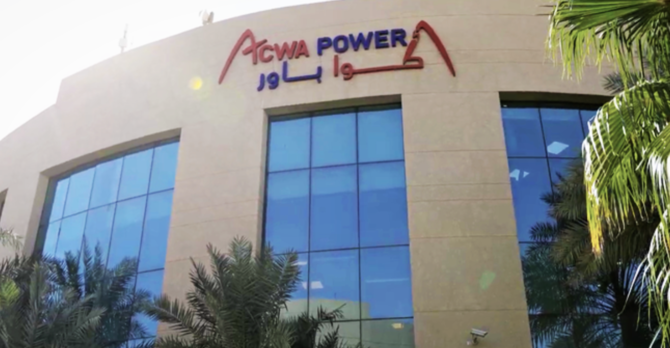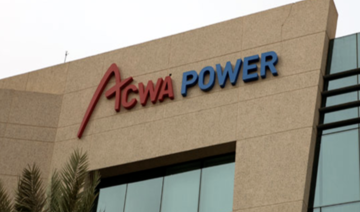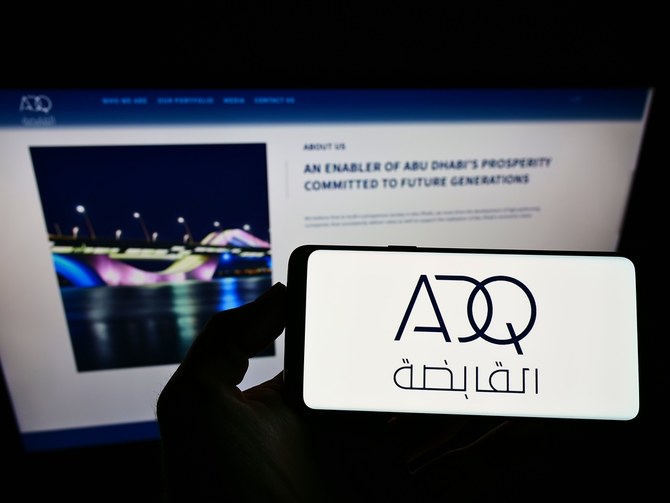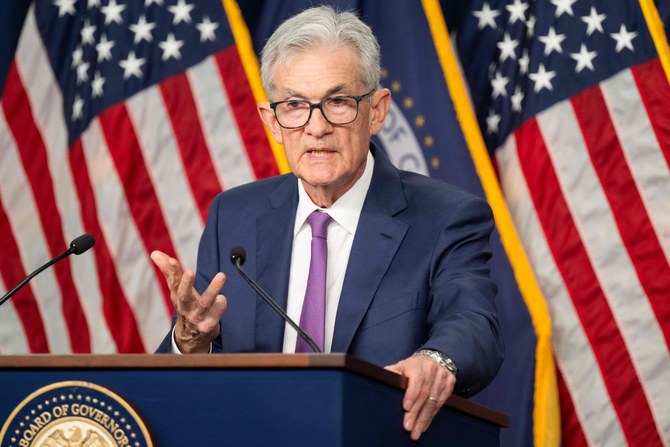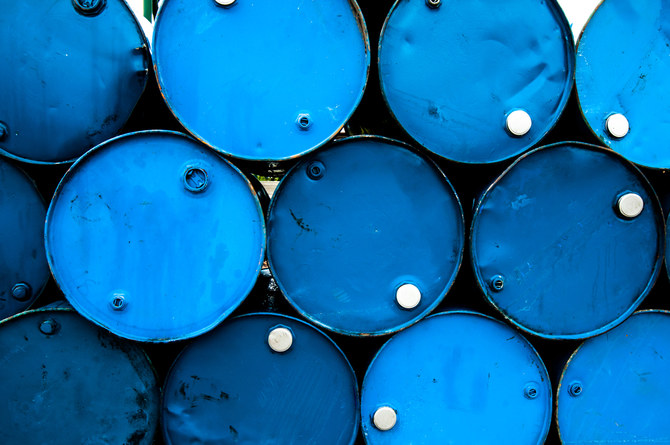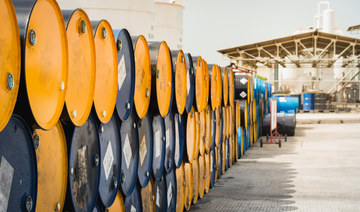RIYADH: Saudi Arabia and Japan are strengthening their long-standing bilateral trade relations in the energy sector as both countries pursue common goals towards decarbonization and economic diversification.
While the allied nations are moving closer in numerous areas, one critical sector in which both have a shared desire for growth is in the field of mineral development and mining.
Both countries are looking to further invest in rare earth resources that are crucial in the production of electric vehicles. Their shared interest in this segment of the energy sector comes as demand for EVs increases amid a global push towards decarbonization.
Announcements of expanded business relations between the two nations came on July 16 at the Ritz Carlton in Jeddah, when Japanese Prime Minister Fumio Kishida met with Saudi Crown Prince and Prime Minister Mohammed bin Salman.
There they set the course for strong trade ties through the exchange of 26 pre-signed economic agreements. These include the fields of healthcare, mining, clean energy and digital innovation.
On the sidelines of Fumio’s visit, Saudi Energy Minister Prince Abdulaziz bin Salman stressed how Saudi Arabia and Japan, whose relationship spans 50 years, are crucial strategic partners in the energy sector, according to the Saudi Press Agency.
The alliance, he said, has played an important role in strengthening the Kingdom’s pathway to achieving the goals stated in its Vision 2030 agenda towards economic growth, diversification and social transformation.
Saudi Investment Minister Khalid Al-Falih, also in attendance, emphasized how critical Japan is as an economic partner, adding: “The meeting is a testimony to how strong our economic relations are.”
According to Al-Falih, the Kingdom’s gross domestic product is now 66 percent higher than before the launch of Vision 2030. “Our foreign direct investment has also increased significantly by 120 percent,” he added.
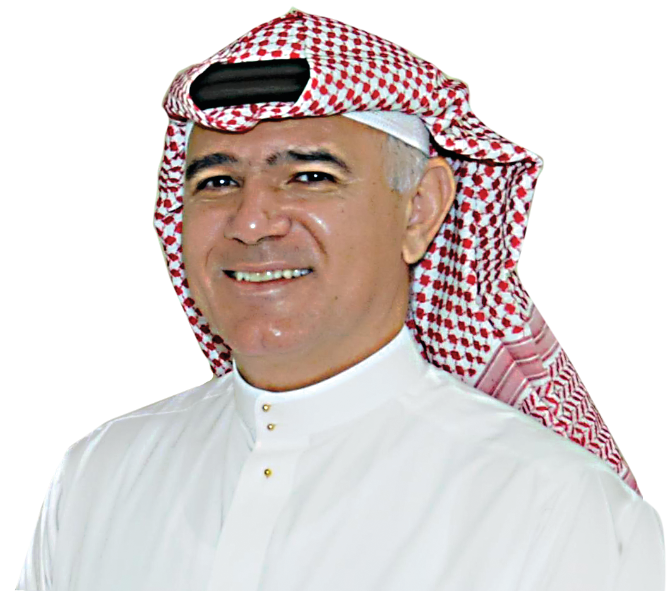
Japan’s industrial complex has this need and Saudi Arabia’s mineral wealth is a potential source to achieve this goal, whether from Saudi Arabia or other places where the two countries can invest together.
Ali Husein Alireza, managing director of Haji Husein Alireza & Co. Ltd
Japan’s energy relationship with Saudi Arabia continues to progress.
In December 2022, the allied countries signed two sets of cooperation agreements in the fields of hydrogen, fuel ammonia and carbon recycling, strengthening the current relationship primarily based on buyer and supplier of crude oil.
The two nations adhere to the Framework Convention on Climate Change principles and the Paris Agreement by working towards a circular economy and technologies that adhere to recycling.
Japan plans to be entirely carbon-neutral by 2050 and Saudi Arabia is actively seeking to diversify its oil-based economy, particularly through new initiatives implemented under its Vision 2030 agenda.
Mining and mining development are thus important sectors of growth for both nations.
“Rare earth metals are essential raw materials for a wide range of applications,” Giovanni Staunovo, commodity analyst at UBS Global Wealth Management told Arab News.
“They likely also play a key role in the energy transition, as those elements together with other critical metals are used in wind turbines, solar panels, electric vehicles and batteries,” he added.
Staunovo argued that “significant investments” across a range of energy sources are set to continue as global demand increases.
“To avoid too much dependence on the primary supplier of rare earth, China, it makes sense to diversify and look to alternative suppliers,” he said.
FASTFACTS
• Both countries are looking to further invest in rare earth resources that are crucial in the production of electric vehicles. Their shared interest in this segment of the energy sector comes as demand for EVs increases amid a global push towards decarbonization.
• In December 2022, the allied countries signed two sets of cooperation agreements in the fields of hydrogen, fuel ammonia and carbon recycling, strengthening the current relationship primarily based on buyer and supplier of crude oil.
The most important rare earth element is neodymium, which is used as magnets for hard drives, speakers and electric motors. This is followed by dysprosium, terbium and praseodymium, which are all commonly used as additives in neodymium magnets.
Japan has been working to diversify its sources of rare earth metals since its imports have increased in recent years due to the rising output of EVs, wind turbines and other products that use permanent magnets.
In January, Japan amended its Mining Act to target rare earth minerals, recognizing their importance to fuel a shift towards green energy amid increased market demands for EVs and other products.
Saudi Arabia is similarly searching for new rare earth deposits at home as part of its Vision 2030 strategy.
According to the Ministry of Industry and Mineral Resources, Saudi Arabia possesses over 20 different types of minerals, including gold, iron, copper, granite and marble. Resources currently being mined in the Kingdom include iron, copper and zinc.
In March, the ministry announced indicative timelines for the bidding cycle of five new mineral exploration opportunities showcased at the Future Minerals Forum 2023 in January in Riyadh. The move marks a strategic shift in the Kingdom towards the discovery and extraction of metals and minerals aiding the country’s transition towards green energy.
Such new investment opportunities aim to explore the mineral resources in the Kingdom, diversify its economy away from an oil-based carbon economy and achieve the goals of Vision 2030 by raising the mining sector’s contribution to the GDP to $64 billion by 20230. Moreover, by investing in mining, the Kingdom aims to diversify its economy and solidify mining as the third pillar of the national industry.
As part of this, in May, Saudi Arabia issued 34 new minings licenses, bringing the total number of permits in the industry to 2,365.
Of those 1,475 licenses are for building materials quarries and 644 for exploration.
Saudi businessman Ali Husein Alireza, managing director of Haji Husein Alireza & Co. Ltd, told Arab News that the Kingdom and Japan “complement each other” when it comes to the mineral exploration industry.
“Japan’s industrial complex has this need and Saudi Arabia’s mineral wealth is a potential source to achieve this goal, whether from Saudi Arabia or other places where the two countries can invest together,” he said.
Reza further emphasized how Saudi Arabia can also benefit from expanding its minerals industry and gaining technical knowledge and know-how in the sector by using Japanese expertise, adding how the strengthened economic ties “offer an overlapping desire in the business sector to address world demand for minerals much needed for the industries of the future.”
Presently, only a handful of countries produce most of the world’s rare earth minerals, including elements used in EV batteries such as cobalt and lithium.
China produces 70 percent of the global production of rare earth metals, followed by the US, Myanmar, Australia and Thailand, which together account for 24 percent of the remaining mine production, according to Mineral Commodity Summaries 2023, a report released by the US Department of the Interior.
“China dominates the market of rare earths, as the importance of rare earth minerals is set to increase over time due to their usage in electric vehicles — where they’re used as permanent magnets. Japan’s 2050 net-zero target has a huge China risk issue,” Viktor Katona, head of oil analysis at Kpler, told Arab News.
“While the United States is the second-largest, rare earth element producer globally, with some 13-14 percent of global supply, it is unlikely to share it widely even with strategic allies as domestic producers would seek to clinch deals and keep the minerals at home,” added Katona, concluding: “Consequently, Japan has a sourcing problem. The largest, rare-earth resources are in geopolitically inconvenient countries — China, Russia, Vietnam or even Brazil might be against Japanese entry into their markets.”



